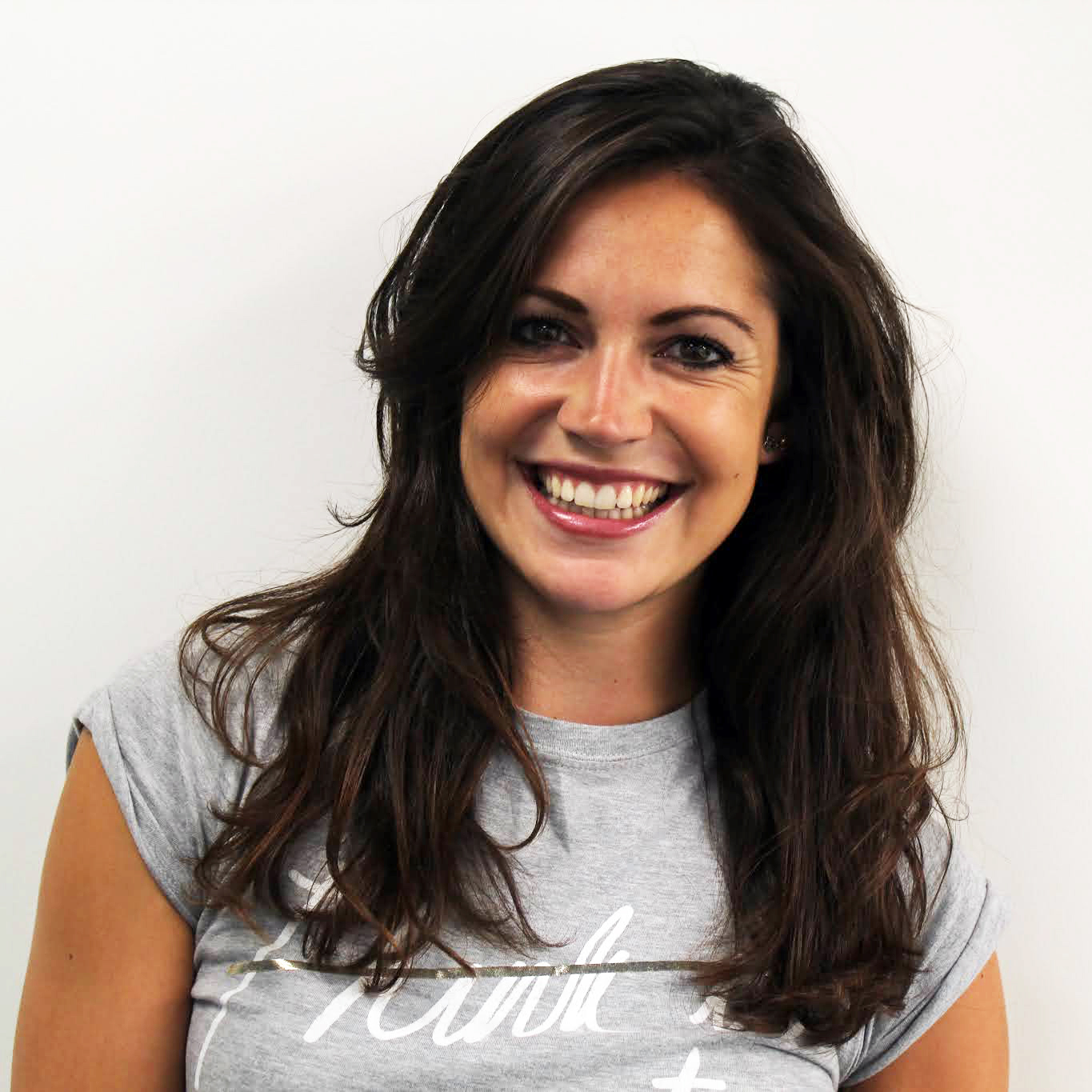Best exercise for over 50s
Get moving safely with the best exercise for over 50s
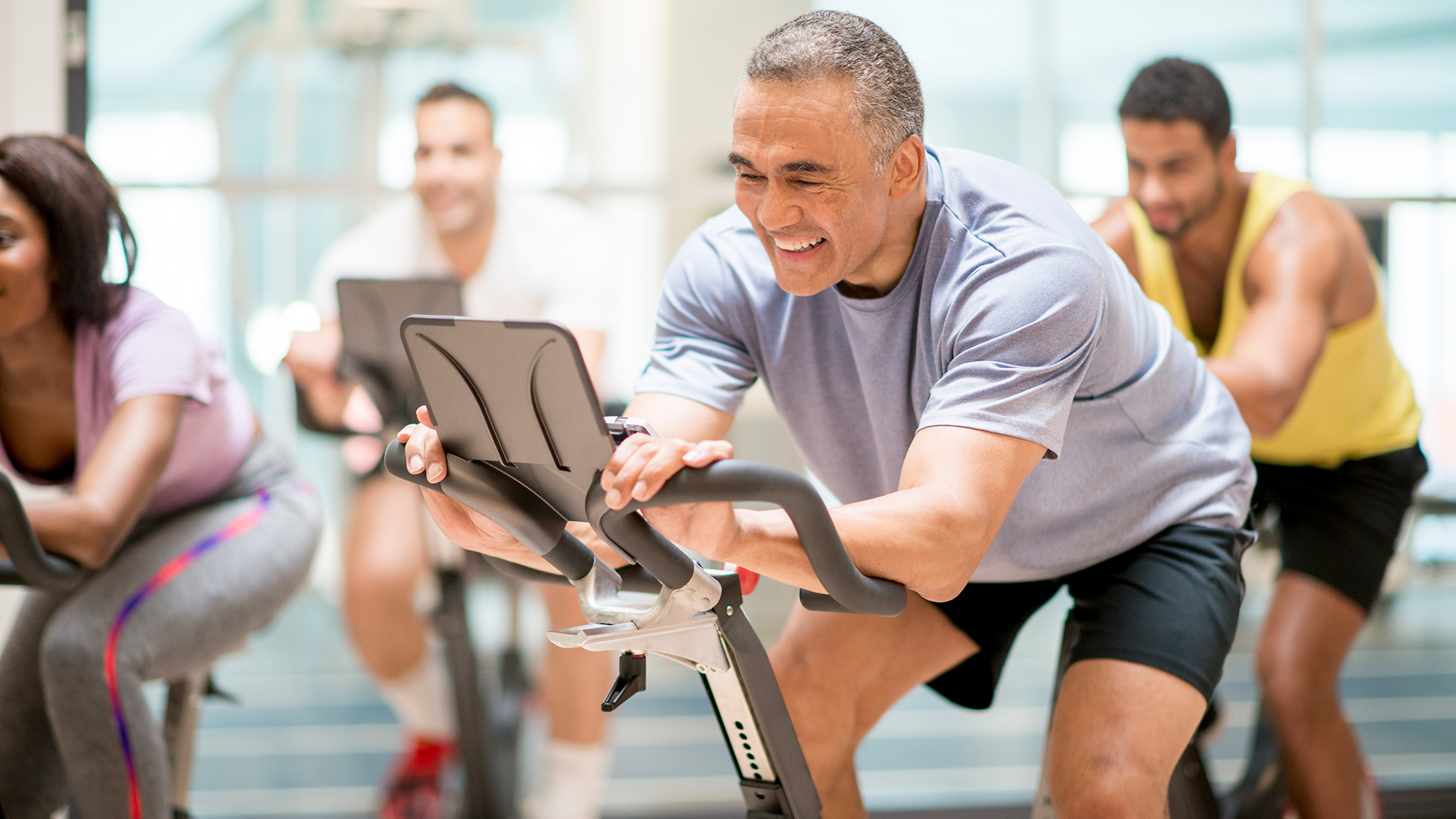

The best exercise for over 50s can be different from when you’re in your 20s or 30s. Staying active throughout life is important, but as we age, different styles of movement may be better suited for our bodies.
Although we’ll delve deeper into the ins and outs of adapting our exercise regime to our age group later, in a nutshell, the best exercise for over 50s is often kinder to joints, focuses on muscle building, and works on keeping our cardiovascular system - the heart and lungs - strong. The best supplements for joints can be helpful however, certain exercises can really improve the state of our joints too.
Here, we chat with personal trainer Hayley Fishwick who gives her insight into over 50 exercises and the best movements to keep you fit.
What is the best exercise for over 50s?
As we age, and our bodies change, the type and style of exercise that suits our body, will also change somewhat. However, there isn’t just one exercise that’s best for over 50 and beyond.
“Like any phase in life there’s a balance to be had and I believe that all-around strength and fitness is the goal,” says Fishwick.
“The choice of exercise will also depend on the person and their previous experience with exercise as well as the condition of their body when they reach 50.”
Fishwick explains that functional exercises are key. This means performing movements that are replicated in daily life such as sitting to standing, step-ups, exercises that challenge balance as well as strengthening the back and the core to ensure safety when lifting objects.
Start your week with achievable workout ideas, health tips and wellbeing advice in your inbox.
“Our cardiovascular systems (made up of the heart and lungs) are equally important and they will help to manage blood pressure and regulate blood sugar levels which may help to prevent the risk of developing type 2 diabetes which becomes more of a risk as we age,” adds Fishwick.
Mobility and flexibility should also be factored in, across all age groups, ‘particularly if the goal is to remain pain-free throughout our lives’.
When performing exercises, it’s vital to ensure that they’re executed with perfect form. Otherwise, injuries can occur.
Recovery from injuries can become more challenging as we age, plus, as Fishwick explains, ‘injuries not only prevent you from exercising in the short term but in the worst cases they can lead to a sedentary lifestyle in the long term due to chronic pain.’
“To me, perfecting an exercise means a client feels in control, they are moving pain-free and able to execute perfect form using bodyweight, or a weight that feels they could perform approximately eight reps at around 80% effort.”
Fishwick adds that there is usually a way to work around any medical reasons as to why someone over 50 can’t perform a particular exercise. It’s important to check in with a medical practitioner or personal trainer for advice.
Best exercises for over 50s
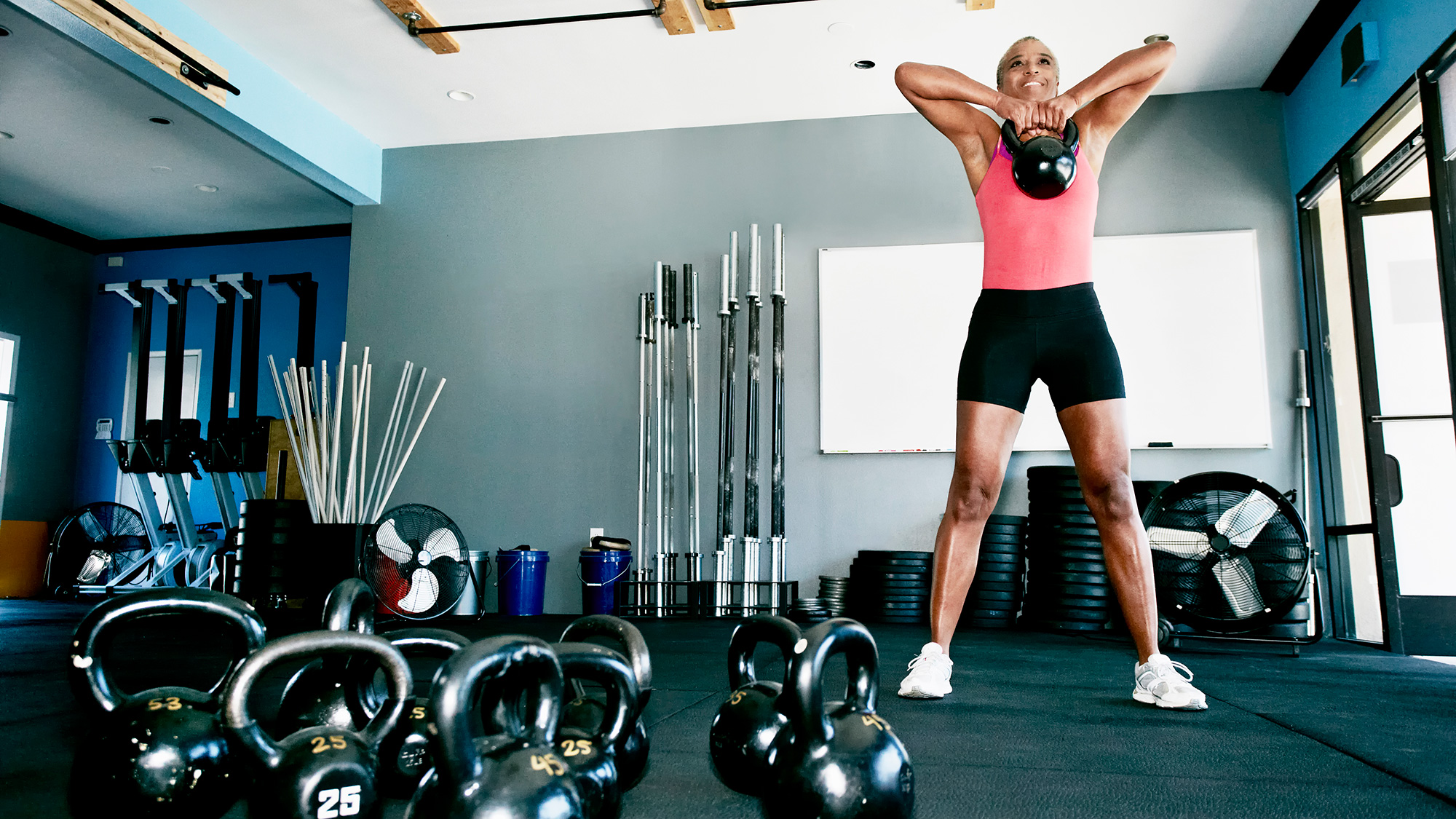
Here, Fishwick has rounded up some of the best exercises for over 50s. Some can be made more challenging by incorporating weights. Aim to complete the allocated reps and sets given.
Bird Dogs
- Begin in a tabletop kneeling position ensuring your knees are directly underneath your hips and your shoulders directly over your wrists.
- Engage the core muscles and tuck the pelvis under slightly before you begin the move.
- Exhale as you outstretch your left leg so that your ankle and knee are in line with your hip. Simultaneously outstretch your left arm so that your wrist and elbow are in line with your shoulder. Pause here for 2 seconds before returning to tabletop and going on the other side.
- Perform 10 to 12 reps alternating sides, for around three to four sets. Have a 60 second rest in between sets.
Reverse Lunge with Knee Drive
- Begin with your feet shoulder-width apart.
- Take a step back with your strongest leg and drop into a lunge. At this point both legs should be at a right angle; if they’re not you may need to adjust the distance you step back on the next rep.
- Then, drive the front heel into the ground and begin to stand back up into the starting position, however instead of stopping there, drive the back knee up high towards the chest before immediately returning to the reverse lunge position on the same leg.
- If you need to break up the reps, take a pause in the standing position before returning to the lunge.
- Complete on one side for the set amount of reps before repeating on the other side. Hold a dumbbell in each hand to add resistance to this exercise.
- Perform eight to 10 reps each side, for around three to four sets. Have a 60 second rest in between sets.
Good Mornings
- Standing with your feet shoulder width apart, cross your hands at your chest.
- Soften through the knees and as you inhale, hinge your hips back as though you are aiming to shut a door using your bum.
- Once your hips have reached their limit and the bum is no longer able to move backwards, it's time to pause. As your chest becomes parallel to the floor you should also be looking at the floor so your neck is in line with your spine.
- Then, exhale and drive the glutes and the chest simultaneously back into the starting position.
- Once you have mastered the technique you can advance the exercise by holding a single dumbbell tightly to the chest whilst performing the movement.
- Perform 10 reps, for around three to four sets. Have a 60 seconds rest in between.
Straight Arm Plank
- Begin in a press-up position with your arms straight and your hands placed directly under your shoulders. Your feet should be together, however, if you’re finding it difficult a slightly wider stance may feel a little easier.
- Keep your core tight, with your hips in line with your back, and slightly tuck your tailbone under. Hold this position, squeezing the muscles in the core and glutes (bum).
- Hold for 30 to 60 seconds and longer if possible!
- Complete two to three sets with 60 seconds of rest in between.
Standing I’s, Y’s and T’s
- Standing upright holding two light dumbbells (or tins) with palms facing down, think about pinning the shoulders down away from the ears.
- With a soft bend through the elbow, raise the dumbbells straight out in front of you until you reach shoulder height. It should look a little like an I shape. Keep the ribcage pulled down.
- Once you have finished, repeat the movement again but this time slightly wider for a Y shape; finally repeat the movement with the arms moving directly out to the side for a T shape.
- Once you have finished all three movements this is considered one rep and you can repeat the action from the start.
- Aim for six reps in total. Complete three to four sets with 60 seconds of rest in between.
Supine Heel Taps
- Begin lying on the floor with your feet on the ground and your knees bent, your arms relaxed on the floor by your side.
- Tilt the pelvis in a way that allows your lower back to meet the floor.
- At this stage you can begin to raise one knee at a time to be in line with the hips and your feet should then be in line with your knees. This is a Deadbug position.
- Whilst aiming to maintain the lower back connection with the floor, slowly lower one heel at a time to touch the ground whilst taking an exhale. Ensure the working leg returns to its position before starting on the other side.
- Aim for 15 reps on each side. Complete two to three sets with 60 seconds of rest in between.
Best exercise for over 50s: what to avoid
Hayley points out one particular thing that should be considered when it comes to the best exercise for over 50s.
“As we age we need to be mindful that the joints may not be as robust as they once were so adapting exercises to be less impactful on the knees, in particular, may be important,” says Fishwick.
This might mean making exercises lower impact, such as taking the jump out of a squat jump and instead, opting for a straightforward bodyweight squat.
HIIT
It's important to keep any exercise routine varied, so build in a couple of weekly HIIT workout (that's high intensity interval training).
The benefits of HIIT are myriad, according the Eastwood. Sessions that involve plyometrics workouts (essentially jumping exercises) help build strong bones by laying down more calcium, whilst the fact that it's a cardio workout is good for building a healthy and strong heart and lung capacity. What's more, high intensity intervals help to burn calories throughout the day - whilst actually increasing muscle mass.
‘The power moves are needed to maintain your muscles, and by encouraging them to work hard, you are therefore building new muscle mass,' says Eastwood.
She adds: ‘The multidirectional moves are excellent for our brain’s stimulus, and your endorphins will be flooding your body after each session - that’s so important when you enter your 50s and beyond.’
Swimming and cycling
At any stage of life, it's always important to pay attention to your body, especially how it's responding to exercise. So if you find that you're suffering from joint pain once you enter your 50s, it could mean you need to modify your workout routine.
‘If joint pain is a concern, try switching to low impact cardiovascular activities include swimming and cycling,' Robbins advises. Worried about losing the benefits of those high-intensity sweat sessions? Don't be.
'Light cardio training maintains heart and lung health, can help lower blood pressure, and boost your mood,' says Robbins. It can also be a fun, sociable experience - look for group spin sessions or aqua aerobics classes.
Alternatively, if you'd prefer to work out alone and in the comfort of your own home, consider investing in one of the best exercise bikes (or even the best elliptical machines, which also offer a low-impact cardio workout).
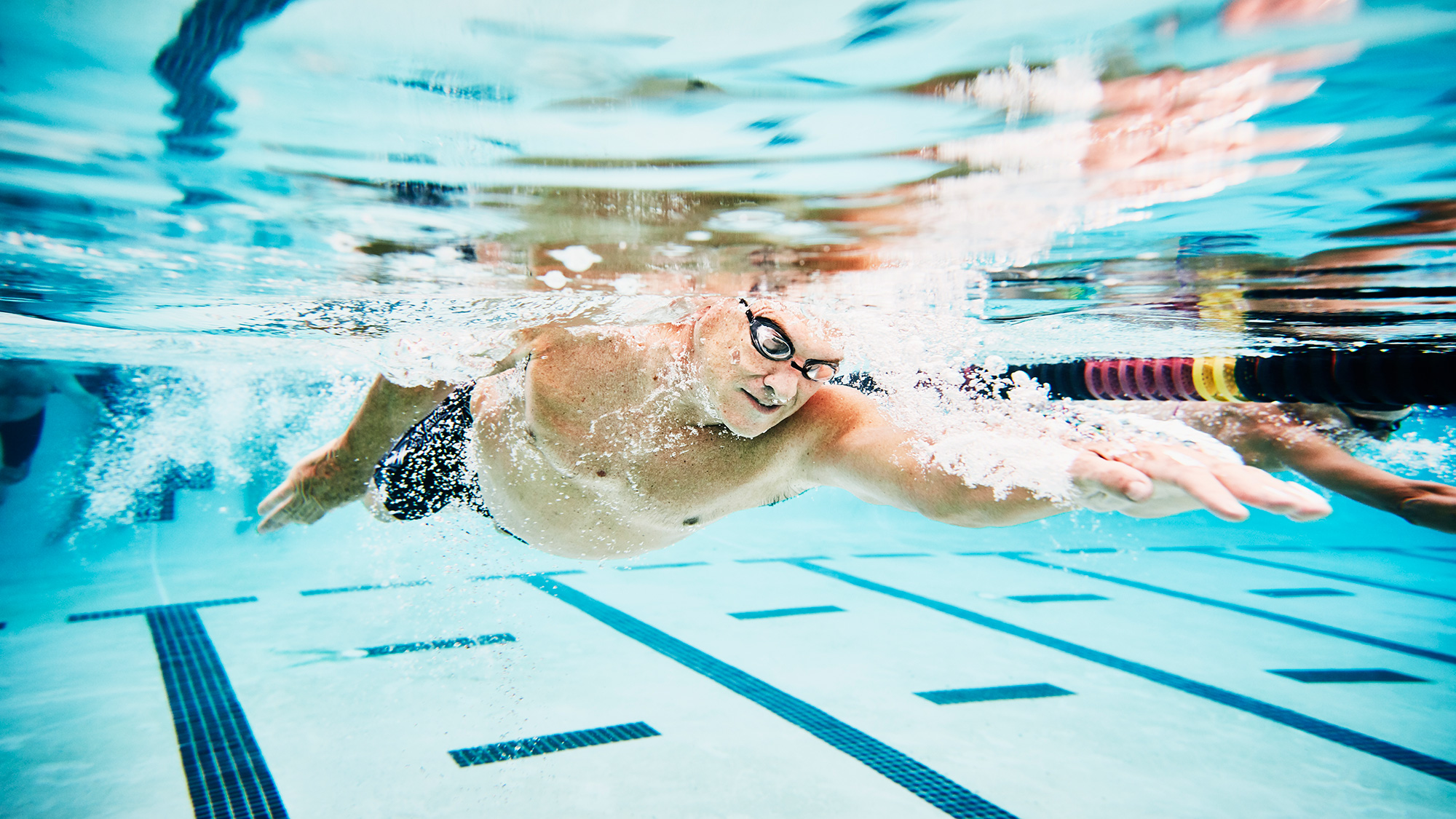
Brisk daily walks
A brisk walk has an array of health benefits – like cycling and swimming, it’s easy on your limbs, and is also a great way to zone out with some music or a podcast. ‘Getting outside in the elements boosts our mood and strengthens our legs and butt muscles whilst burning calories by firing up our metabolism,’ says Eastwood.
Plus if you're looking to shed a few pounds, walking to lose weight can be a great place to start.
What's more, an English Health Survey study showed that people who regularly walk briskly for half an hour five days a week are likely to have a lower BMI than people who are less active.
Balance work
‘One of the senses we lose as we age, unless challenged, is balance,' explains Lucinda Meade, a physiotherapist at holistic fitness specialists TwentyTwo Training. To combat this, incorporate simple posture exercises into your workout week, which will increase flexibility, improve posture, and aid sleep and relaxation.
Yoga and Pilates are highly recommended, especially towards the end of your day to help you truly switch off (we've picked the best yoga mats, in case you don't already own one.)
Alternatively, Meade suggests: 'Try simple exercises like standing tall with your arms at a 90 degree angle from the body, horizontal with the shoulders. Spin from left to right up to 21 times. Do not do this without help if you are already challenged! You can also practice standing on one leg and doing bird/dog pose for trunk stability.'
For more moves to try, take a look at our guides to flexibility stretches and yoga over 50.
Exercising over 50: expert tips
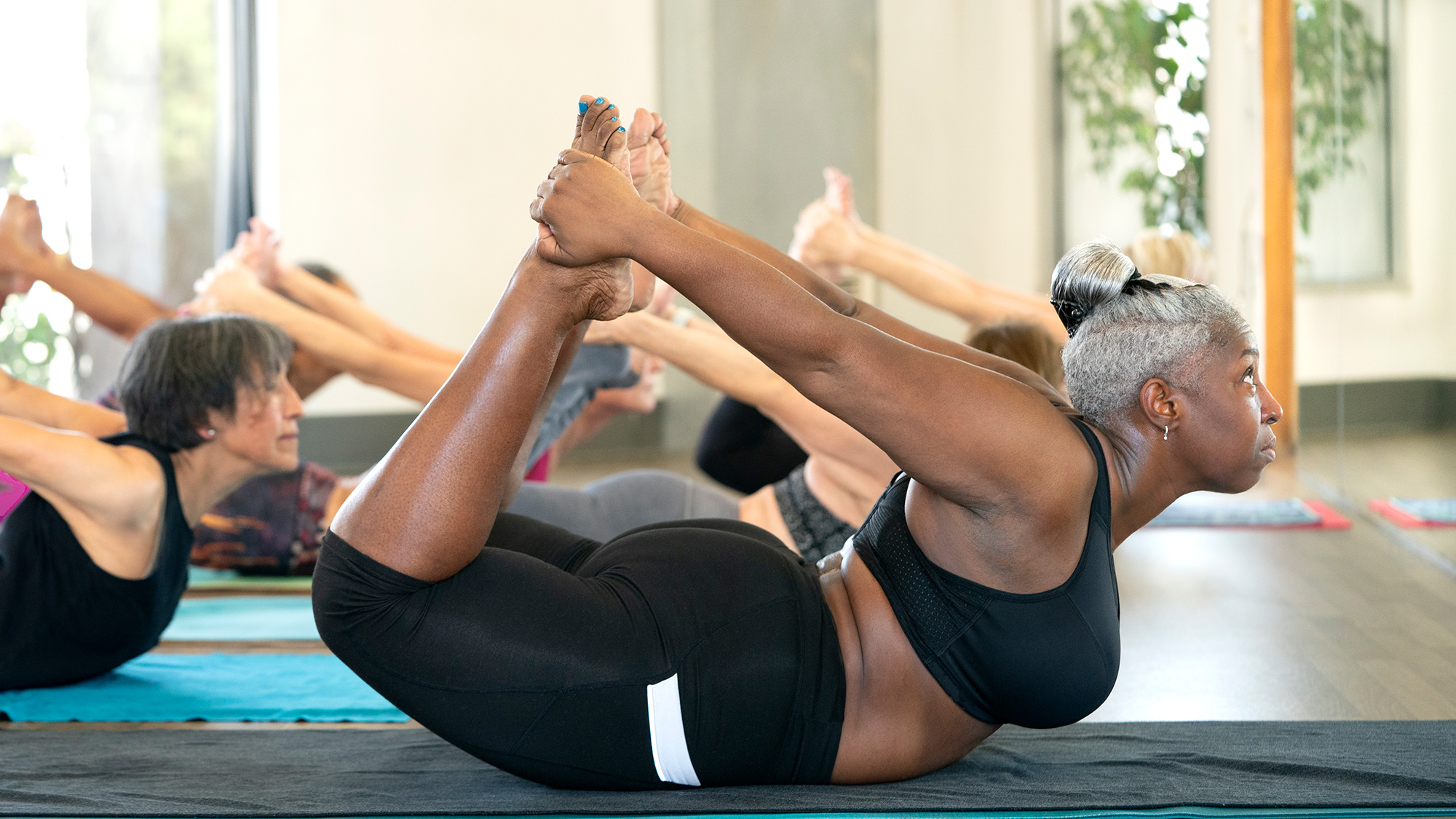
Be sure to move every hour
It's important to avoid long periods of inactivity. ‘Sitting for long periods negates an hour in the gym, ' warns Meade. 'When you sit for long periods, your muscles start to break down and deliver fats into the bloodstream.’
Therefore, be mindful of being active throughout the day. For example, when you’ve been sitting for a period of time, get up and move above. A fitness watch such as the Apple Watch can help by sending you stand reminders every hour.
Breathe deeply
Make sure you’re breathing correctly while exercising. Meade explains that ‘breath holding and shallow breathing negatively affect your mood and therefore your ability to exercise effectively.’ Long, slow and deep breaths are the way forward.
Mix things up
Variation is key, so try and combine a mixture of different forms of exercise throughout the week so you don’t get bored. ‘Exercise is vital for longevity because it stimulates your protective superoxide dismutase (SOD) system and reduces chronic inflammation, which is a key part of ageing,’ says Meade.
Look after your knees

One of the most problematic injuries relating to exercise are those that impact the knees.
‘Make sure that they don’t fall in or out, putting stress on the joint,' advises Meade. 'For a few people, their natural biomechanics may mean that running is not a good option. If you have any doubts, get [your knees] checked out by a professional.' Runners should also ensure they're wearing shoes with suitable support - take a look at our guides to the best running shoes for men and the best running shoes for women.
Robbins adds: ‘Try switching squats for a glute bridge, which recruits the same muscle groups as a squat but can be easier on the (knee and hip) joints.'
Exercising over 50: what to avoid
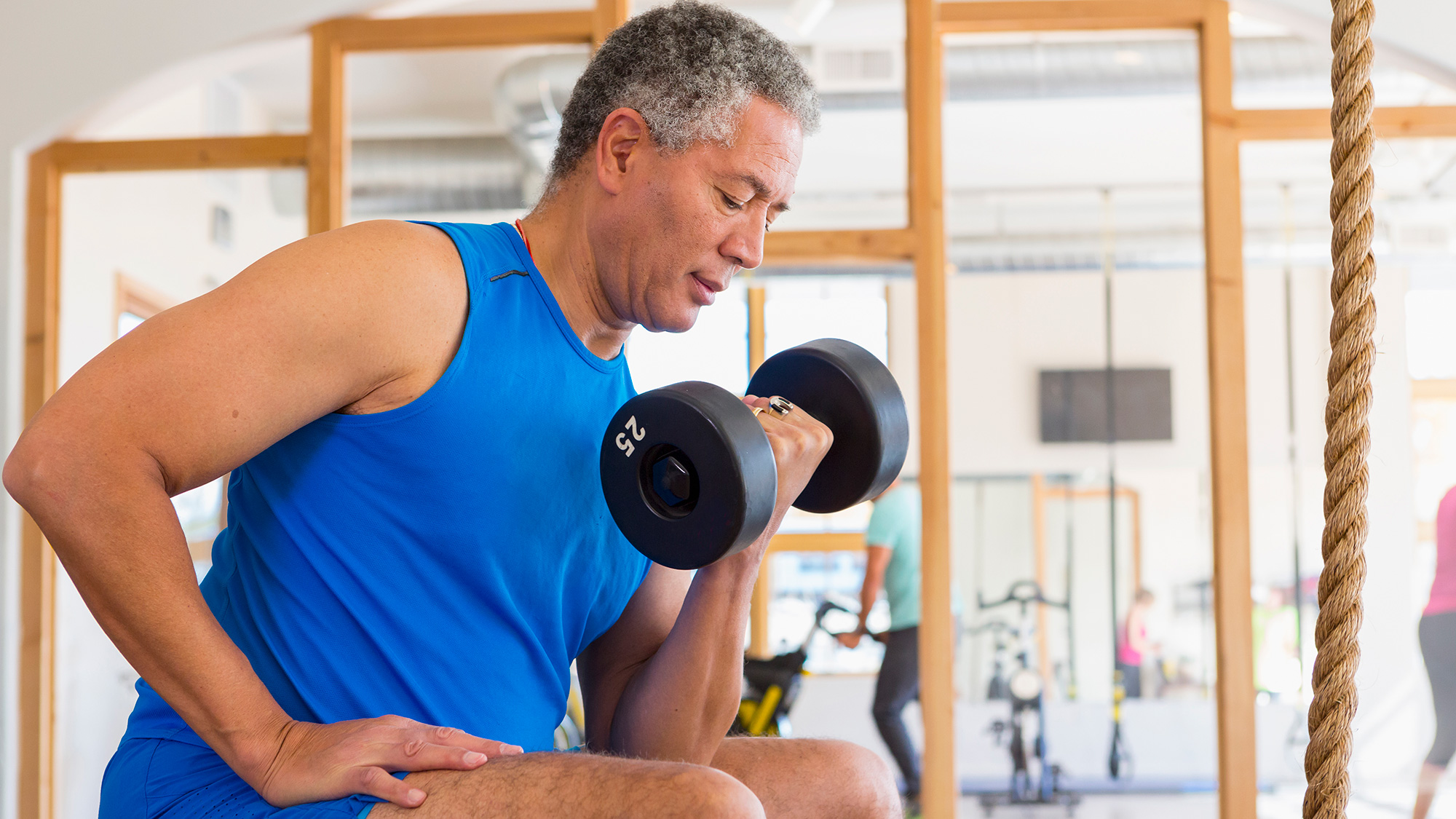
Long runs
You may want to think twice about signing up to a marathon if you are new to running. ‘Long runs will stress our bodies,' warns Eastwood. 'They raise cortisol levels, put a lot of stress on our joints with the long term repetition, and also strip away muscle mass.'
Stick to shorter distances, or alternatively Eastwood suggests that 'fast walking can be more beneficial in the long run and less ageing.’
Heavy weights
Unless you are a seasoned weight trainer or you're working out with a PT, avoid lifting heavy weights. Using these without proper instruction and good technique can have significant negative effects.
Eastwood clarifies: ‘Your musculoskeletal system will not be ready for the effort put upon it and this could cause injury and set you back with your training regimen and any other movement program.’
Plus, heavy weight lifting should always be approached with caution if you have high blood pressure.
Pushing yourself too hard
Eastwood explains why this is so crucial. ‘At this age we should avoid putting too much stress on our joints, especially if we don’t have the muscles or ligaments to support them. The fact is, our bodies are ageing so too much wear and tear is probably not a good idea. It’s now all about balance and listening to our body’s needs, as those needs may be changing each year.’
The same old routine
No matter what your age, your body needs variety. ‘You might want to switch up your routine if you’ve been doing the same type of exercise every day. If you enjoy swimming, you also need to do weight bearing exercise that challenges your bones,’ Meade recommends. Take a look at our list of perfect exercise pairings for ideas.
Fear of exercise
The final word goes to Meade, who explains we should combat any fears around starting a new program of exercise over 50. ‘If we’re basically well, our bodies are strong and they heal. The important thing is to prepare your body and be aware. Don’t throw yourself into explosive movements or long lever exercises; always start small and build up.’
If you’re looking for other ways to exercise without breaking the bank, find out how you can stay active for free.
Lucy is a freelance journalist specializing in health, fitness and lifestyle. She was previously the Health and Fitness Editor across various women's magazines, including Woman&Home, Woman and Woman’s Own as well as Editor of Feel Good You. She has also previously written for titles including Now, Look, Cosmopolitan, GQ, Red and The Sun.
She lives and breathes all things fitness; working out every morning with a mix of running, weights, boxing and long walks. Lucy is a Level 3 personal trainer and teaches classes at various London studios. Plus, she's pre- and post-natal trained and helps new mums get back into fitness after the birth of their baby. Lucy claims that good sleep, plenty of food and a healthy gut (seriously, it's an obsession) are the key to maintaining energy and exercising efficiently. Saying this, she's partial to many classes of champagne and tequila on the rocks whilst out with her friends.
